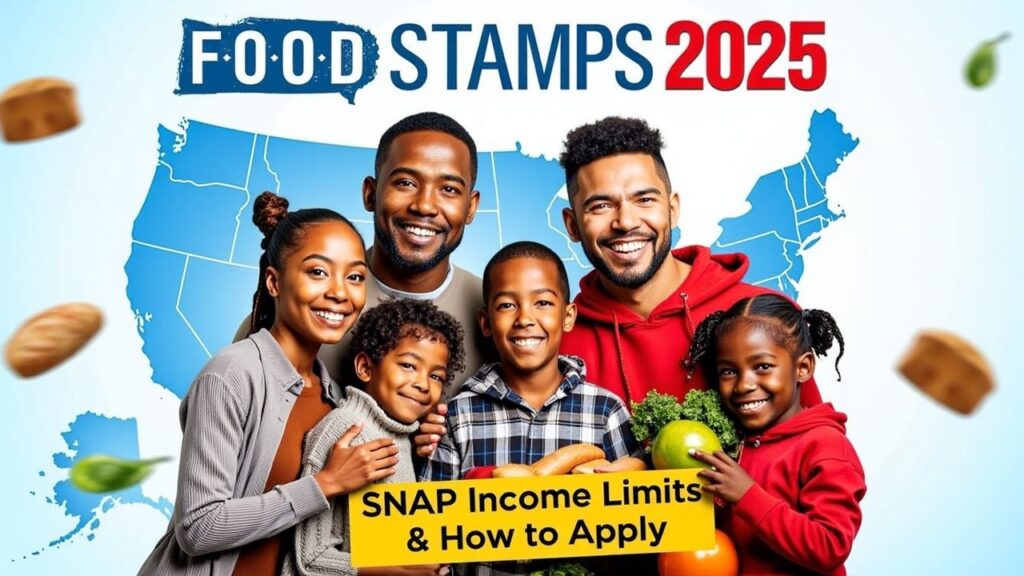The Supplemental Nutrition Assistance Program (SNAP), formerly known as Food Stamps, is a crucial financial aid program designed to help millions of people in the U.S. buy nutritious food. These SNAP benefits assist low-income families to ensure they have some means to buy their daily meals.
Staying updated with the latest eligibility requirements and income limits set by the United States Department of Agriculture (USDA) is necessary for the continuation of these benefits. These limits are changed each year based on the cost of living (COLA) and will, in turn, be effective from October 1, 2024, up to September 30, 2025.
Qualifications:
To qualify for SNAP, the level of household income, the household size, and expenses incurred by the household must be a part of the qualifying conditions. These are the requirements for SNAP established at the federal level by the Food and Nutrition Service (FNS), under the auspices of the USDA; all states control the applications and dispensing of benefits.
To be eligible for SNAP, one should apply in the state where one resides, income limits set according to household size should be met as well as the household should have net income lower that if it contains elderlies or disabled members.

As eligibility is determined yearly, those receiving benefits would check their qualification vis a vis the 2025 income limits.
Income Restrictions:
The two types of income acknowledged by SNAP are gross income and net income. Gross income is the total amount a person earns without deductions; net income, on the other hand, indicates the amount that remains after the approved allowable deductions, such as deductions for housing, medical costs, and dependent children.
[also_read id=”1366″]
Such households have members who are either aging or disabled because, in this scenario, net income limit only needs to be met. Below are income limits for 2025:
| Household Size | Gross Monthly Income (130% Poverty Level) | Net Monthly Income (100% Poverty Level) |
|---|---|---|
| 1 | $1,632 | $1,255 |
| 2 | $2,215 | $1,704 |
| 3 | $2,798 | $2,152 |
| 4 | $3,380 | $2,600 |
| 5 | $3,963 | $3,049 |
| 6 | $4,546 | $3,497 |
| 7 | $5,129 | $3,945 |
| 8 | $5,712 | $4,394 |
| Each Additional Member | +$583 | +$449 |
If your household meets these maximums, you should be eligible for SNAP benefits.
How to Apply
To follow the next steps and apply for SNAP, you should know that the very first thing is to ascertain if you meet the qualifications by comparing your income to the limits just stated. Next, you have to apply in your given state; every state has its own SNAP application process so it would be wise to search for your own method. You can apply online, through phone calls, or in person at a local SNAP office.

Once the application has been completed, you will require some proof of income and where you live, how many people live in your house, and the expenses incurred. Most often than not, one also has to have an interview either over the phone or face to face with a SNAP representative.
Once you qualify, you will be issued and electronic benefits transfer (EBT) card and operate as a debit card for food purchases.
Final Thoughts
For millions of families, SNAP benefits are a lifeline to obtain nutritious food. Because income limits change every year, you must be aware of the shifts and apply if you qualify. If you think you might be eligible, do not wait; submit your application today to start receiving assistance.
FAQS:
What is the gross income limit for SNAP for the year 2025?
The limit is $1,632 per month for a household of one.
Who establishes the SNAP income limits?
The USDA’s Food and Nutrition Service sets the income limits.
How is an application for SNAP benefits made?
You would apply where you reside, either online or in person.
What are the net income limits for a household of four?
The net monthly income limit for a family of four is $2,600.
Are there changes in SNAP income limits every year?
Yes, SNAP income limits are published every year and based on COLA.
